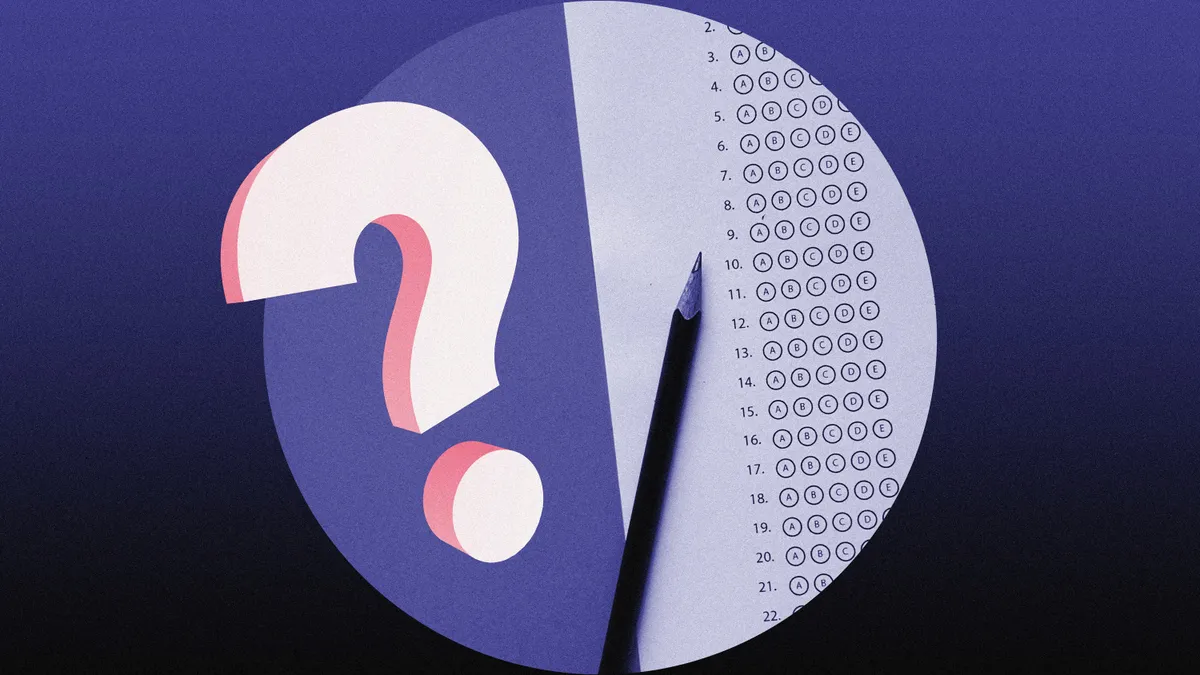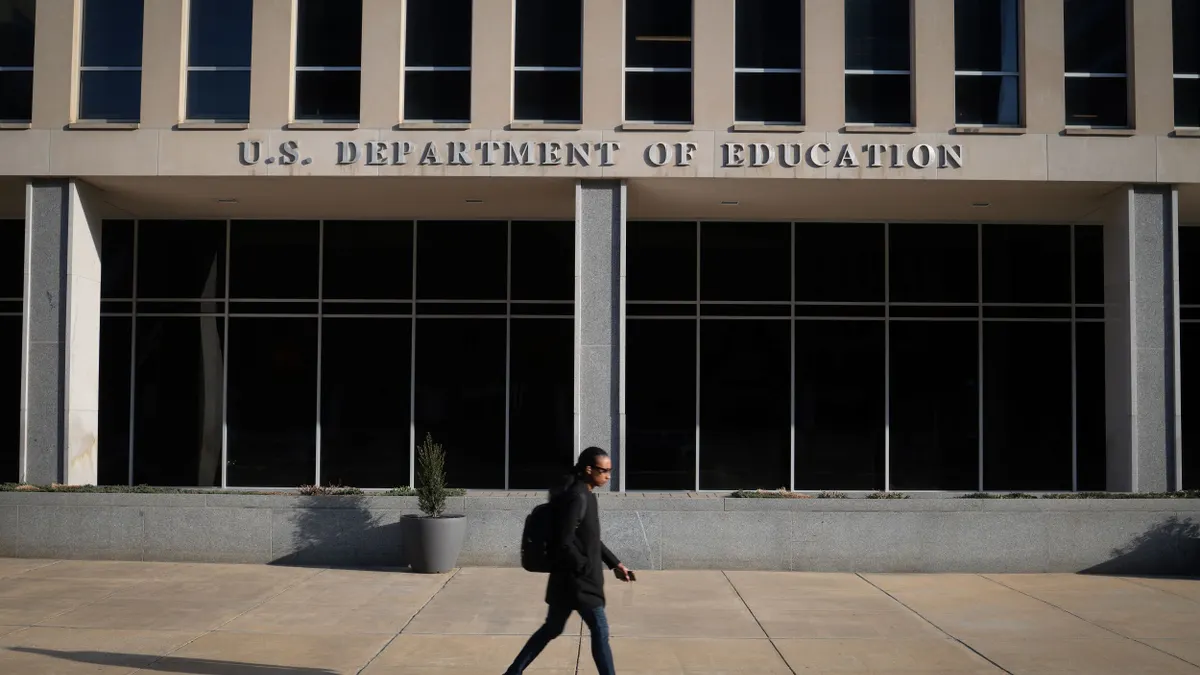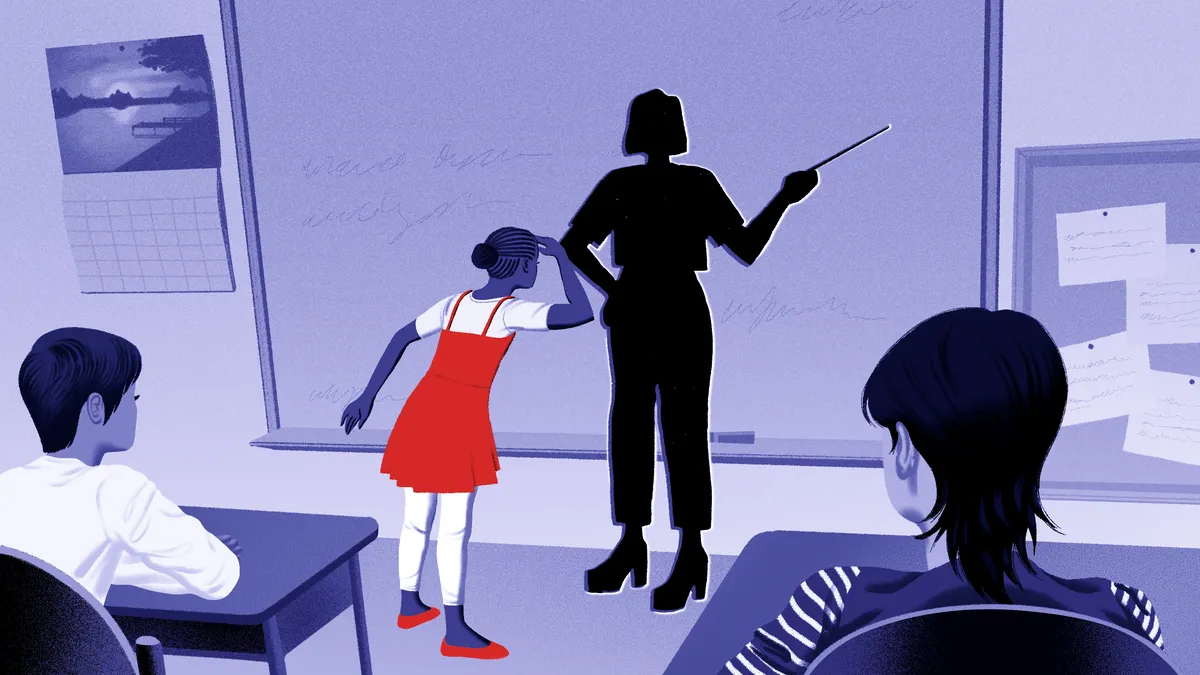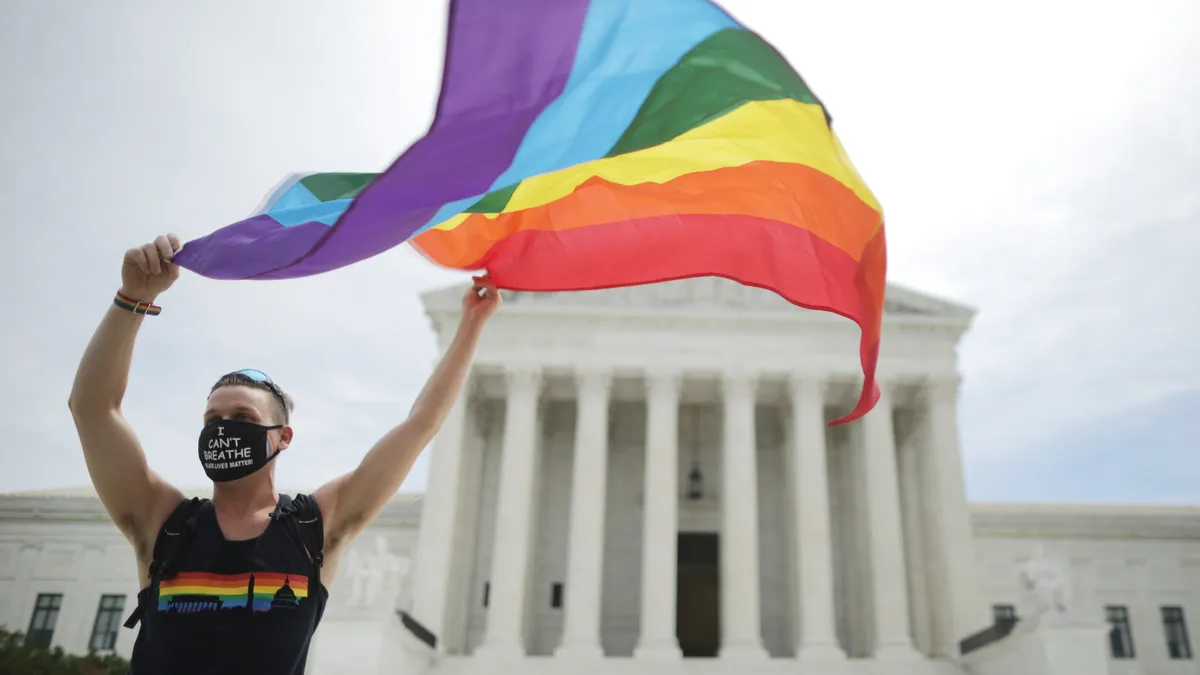School districts likely won't see a significant increase in lawsuits in the long term in the aftermath of a U.S. Supreme Court decision in June that endorsed a lower burden of proof for claims of disability discrimination against school systems, legal experts say.
"For school districts, frankly, I think the general impression people have is going to be overblown," said Perry Zirkel, an expert in special education law. "I don't see it having a major long-range effect for school district people or for parents."
But Zirkel and other education attorneys say school districts need to take several steps to ensure they don't become vulnerable to civil rights claims for monetary damages related to supports and services for students with disabilities. That includes preventing discriminatory practices through training sessions about disability-related policies and practices, as well as addressing problems as soon as they are known.
First, school leaders should anticipate problematic situations and work to avoid those, said Jose Martín, an attorney with Richards, Lindsay & Martín in Austin, Texas, which represents school districts. Then, "if some problem happens and staff persons act inappropriately, you respond."
A high bar
The unanimous Supreme Court ruling in A.J.T. v. Osseo Area Schools in June clarified that the "deliberate indifference" standard applied to education disability discrimination cases should apply universally, replacing the 8th U.S. Circuit Court of Appeals' higher standard of "bad faith or gross misjudgment," said Martín.
The case centered on a Minnesota student with epilepsy whose request for classes that started later in the school day and went into the evening hours was rejected by Osseo Area Schools. The student and her family filed a complaint under the Individuals with Disabilities Education Act claiming a denial of a free, appropriate public education.
An administrative law judge found that the district had violated IDEA and awarded additional services to the student. A federal district court also ruled in the student's favor.
The student and family then sued the school district under the Americans with Disabilities Act and Section 504 of the Rehabilitation Act of 1973, seeking to permanently secure the student's right to a full school day on the amended schedule, as well as “compensatory damages.” The same federal district court ruled against the student and in favor of the school district, saying the district’s actions didn’t meet the bad faith and gross misjudgment standard. The 8th Circuit upheld that ruling.
"A good legal question for people like me is, ‘What's the difference between a serious IDEA violation and deliberate indifference?’ Well, definitely, deliberate indifference is worse. It's higher, and you knew you were screwing up, and you didn't fix it."

Jose Martín
Attorney with Richards, Lindsay & Martín
Prior to the Supreme Court ruling, students and families making education discrimination claims through ADA and Section 504 in states under the jurisdiction of the 8th Circuit and four additional appellate circuits that used the higher standard had to prove that schools acted in bad faith or gross misjudgment.
Students and families in the jurisdictions of other circuit courts and others outside education settings who claimed disability discrimination under ADA and Section 504 and were seeking monetary damages, had to only show that a school, workplace or other entity acted with “deliberate indifference.”
The high court ruling defined deliberate indifference as requiring a plaintiff to prove that “the defendant disregarded a ‘strong likelihood’ that the challenged action would ‘result in a violation of federally protected rights.’”
Disability rights advocates celebrated the Supreme Court's ruling at the time, calling it a victory.
"Students with disabilities and their families bringing civil rights claims against their school districts for disability discrimination will no longer have to meet the uniquely high and burdensome standard of proving that school officials acted with bad faith or gross misjudgment," said Selene Almazan, legal director at the Council of Parent Attorneys and Advocates, in a July 28 email.
COPAA, which supports the legal rights of students with disabilities, had filed an amicus brief in A.J.T. v. Osseo siding with the family plaintiffs.
Zirkel and Martín say the deliberate indifference standard is also hard to meet.
Martín said he views the deliberate indifference standard as having to show that a school system intentionally discriminated against a student by having a "completely unreasonable response to the problem, or an utter disregard."
"I like to explain it [deliberate indifference] to people by saying, 'There's a big legal problem over here, and a kid is getting damaged, and the way that I'm going to handle it is by looking the other way,'" Martín said.
He adds, "A good legal question for people like me is, ‘What's the difference between a serious IDEA violation and deliberate indifference?’ Well, definitely, deliberate indifference is worse. It's higher, and you knew you were screwing up, and you didn't fix it," Martín said.
Zirkel noted that parent plaintiffs have not prevailed in a majority of the court decisions under the deliberate indifference standard. "The odds are still against parents who bring those kinds of cases for money damages," Zirkel said.
Zirkel and Martín both predict that school systems may initially see an uptick in disability discrimination claims as parents test the waters under the recent Supreme Court decision.
Some people might have the impression that the removal of the bad faith and gross misjudgment standard "will open the floodgates" of litigation against districts, Zirkel said. "But it won't open the floodgates, because all you'll have is a different bar or standard or control for the floodgate, which is still quite high."
Julie Weatherly, founder of Resolutions in Special Education, a consulting and legal services firm that advises school districts and other agencies on educating students with disabilities, said she's received many inquiries from school leaders wondering if the A.J.T. v Osseo decision means they will need to comply with every accommodation a student or parent seeks.
She hesitated to predict the future regarding the impact the ruling will have on litigation against districts nationwide. But she did point out that the Supreme Court had ruled on a narrow and specific question and did not award monetary damages to the plaintiffs or rule that the plaintiffs proved the school district violated Section 504.
"The court did not say it's now easier for parents to sue school districts or recover money damages for violations of the IDEA by using 504 as a gateway to litigation," Weatherly said.
"A lot is unsettled" regarding the interaction between IDEA and Section 504 when it comes to schools providing supports and services for students with disabilities, she added.
An awareness of Section 504
When there's a dispute under IDEA for special education students, prevailing parties can receive awards for attorneys' fees, and school systems can promise to compensate students and families by providing additional services or even private school tuition.
But victories in IDEA claims do not provide monetary damages. Prevailing claims under ADA and Section 504 can, however.
That's why the A.J.T. v Osseo case was closely watched by school officials and attorneys. Section 504 and ADA claims can be filed by families of IDEA-eligible students and non-IDEA students, including those who only have a Section 504 plan. Zirkel said leading examples of disability discrimination claims brought by Section 504-only students for money damages involve bullying, suicide and physical abuse by staff members.
About 14% of K-12 students nationwide qualified for IDEA services in the 2020-21 school year, according to the most recent Civil Rights Data Collection. To qualify for IDEA services, a student needs to have a disability, and that disability must be limiting the student from making educational progress.
Another 3% were served under Section 504 only, the CRDC found. Section 504-only students have a disability that may require accommodations, such as extended time on tests or supports for managing diabetes.
Some students can qualify for both IDEA and Section 504 services.
"Students with disabilities and their families bringing civil rights claims against their school districts for disability discrimination will no longer have to meet the uniquely high and burdensome standard of proving that school officials acted with bad faith or gross misjudgment."

Selene Almazan
Legal director at the Council of Parent Attorneys and Advocates
Research by Zirkel and Gina Gullo, assistant director of educational services at the Pennsylvania State Education Association, published in the Education Law Reporter in July 2025, shows the state-level percentages of Section 504-only students continuing to climb between 2020-21 and 2021-22 school years. States that had the highest percentages of Section 504-only students in 2021-22 include New Hampshire (7.8%), Texas (7.6%), and Connecticut (7%), according to the latest available data from the U.S. Department of Education.
District-level data from 2021-22 analyzed by Zirkel and scheduled for publication in Education Law Reporter in August shows pockets of high rates of Section 504-only students, such as in Texas' Pottsboro Independent School District (17.4%), Texas' Gatesville Independent School District (16.9%), and Connecticut's Westport School District (16.8%).
Those districts and states with high percentages of Section 504-only students may be more susceptible to disability discrimination claims, Zirkel said.
Martín says it's important that school systems conduct trainings about Section 504 awareness and implementation. These trainings and resources are especially critical now as school systems struggle with shortages of special educators, related service providers, counselors and psychologists, he said.
But Martín, who conducts professional development sessions on Section 504 for education administrators, said he has not altered his trainings in response to A.J.T. v Osseo.
"This idea that this is going to expand money damages claims in federal court against schools for educational harms — I don't see it.”


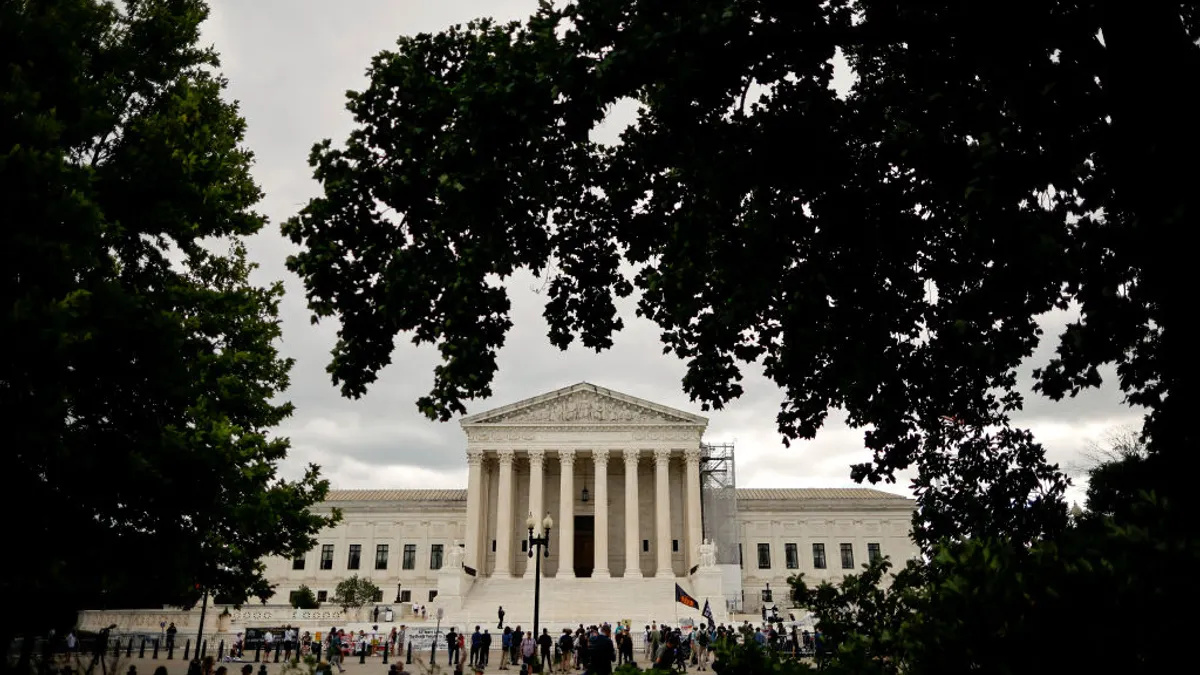

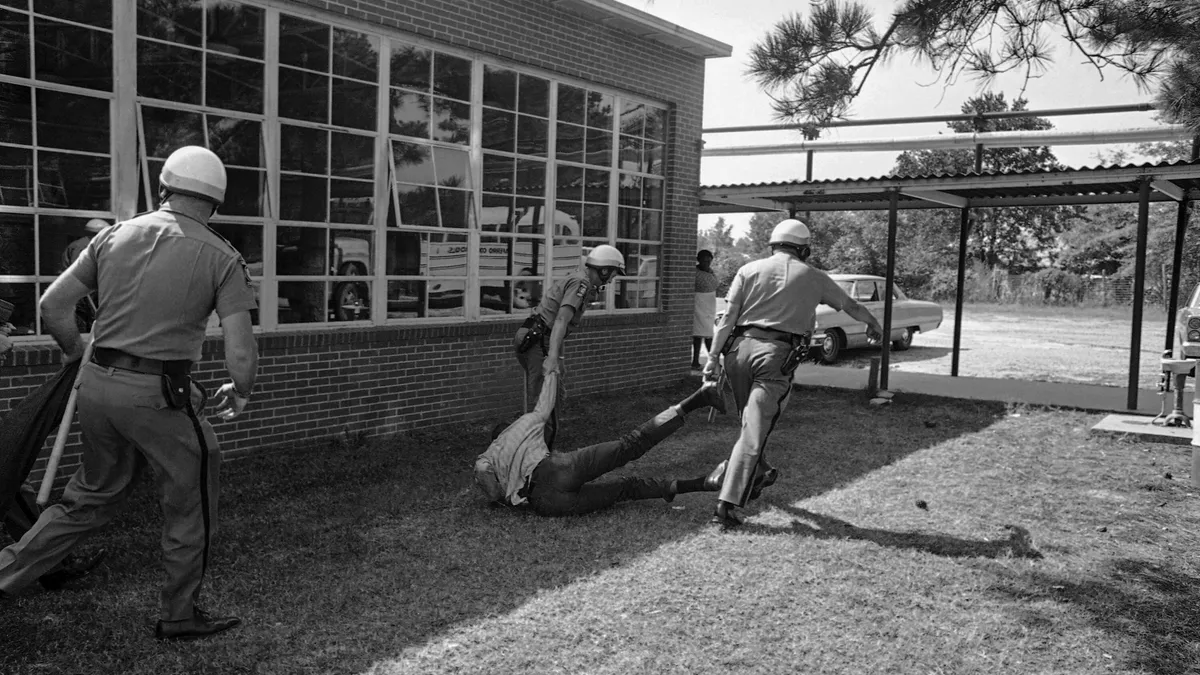


 Dive Awards
Dive Awards
